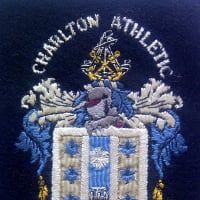Attention: Please take a moment to consider our terms and conditions before posting.
The Blitz
Comments
-
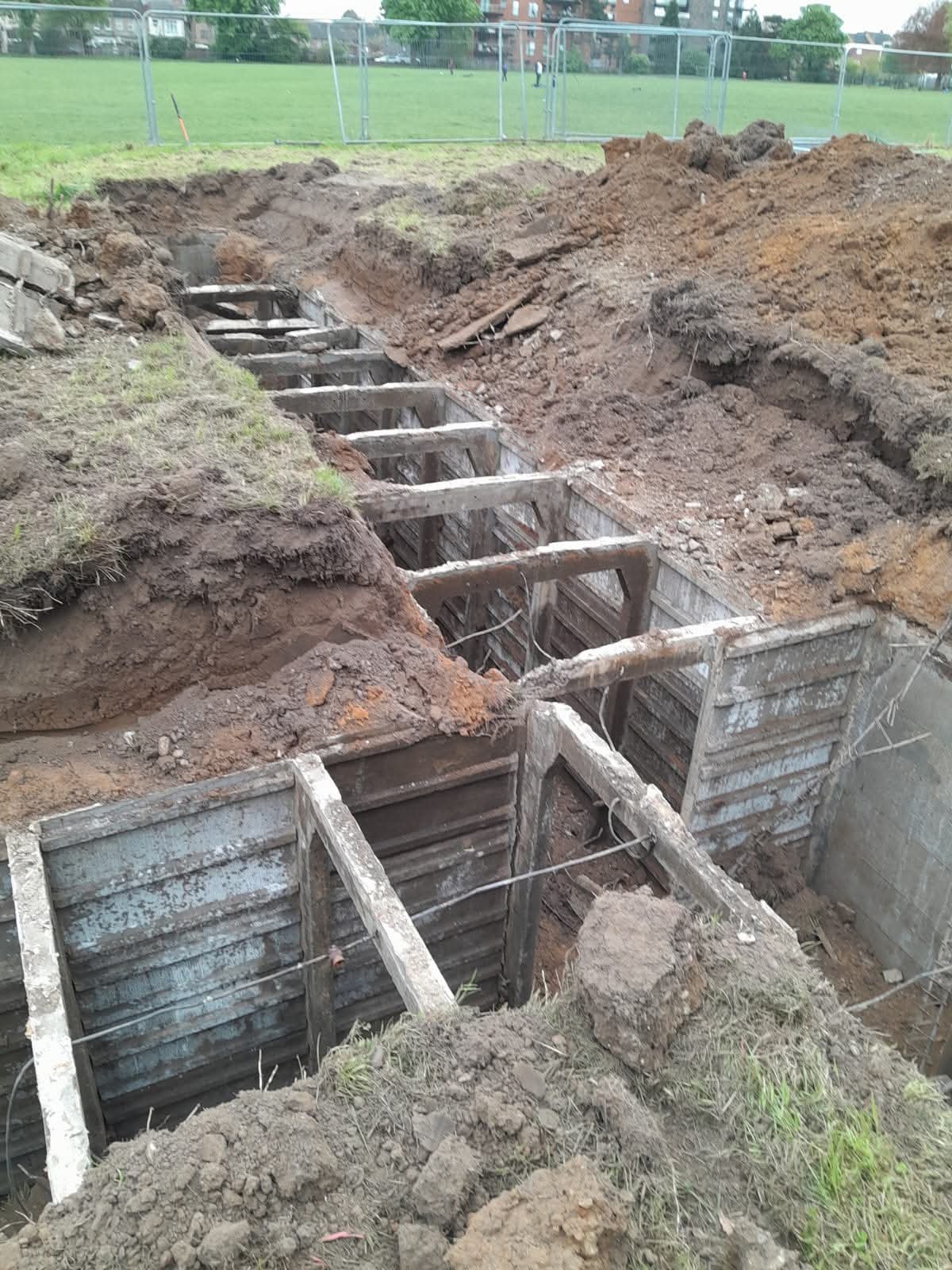
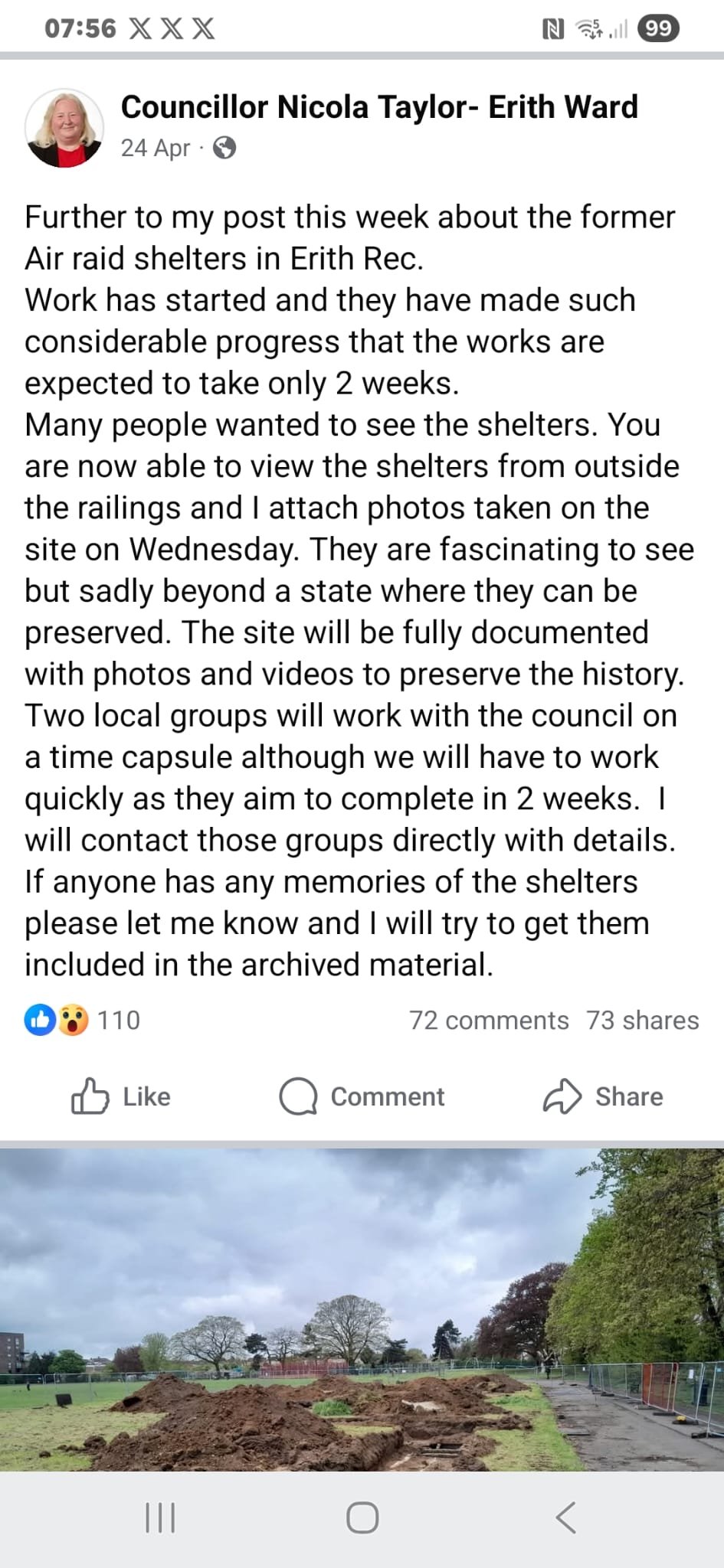
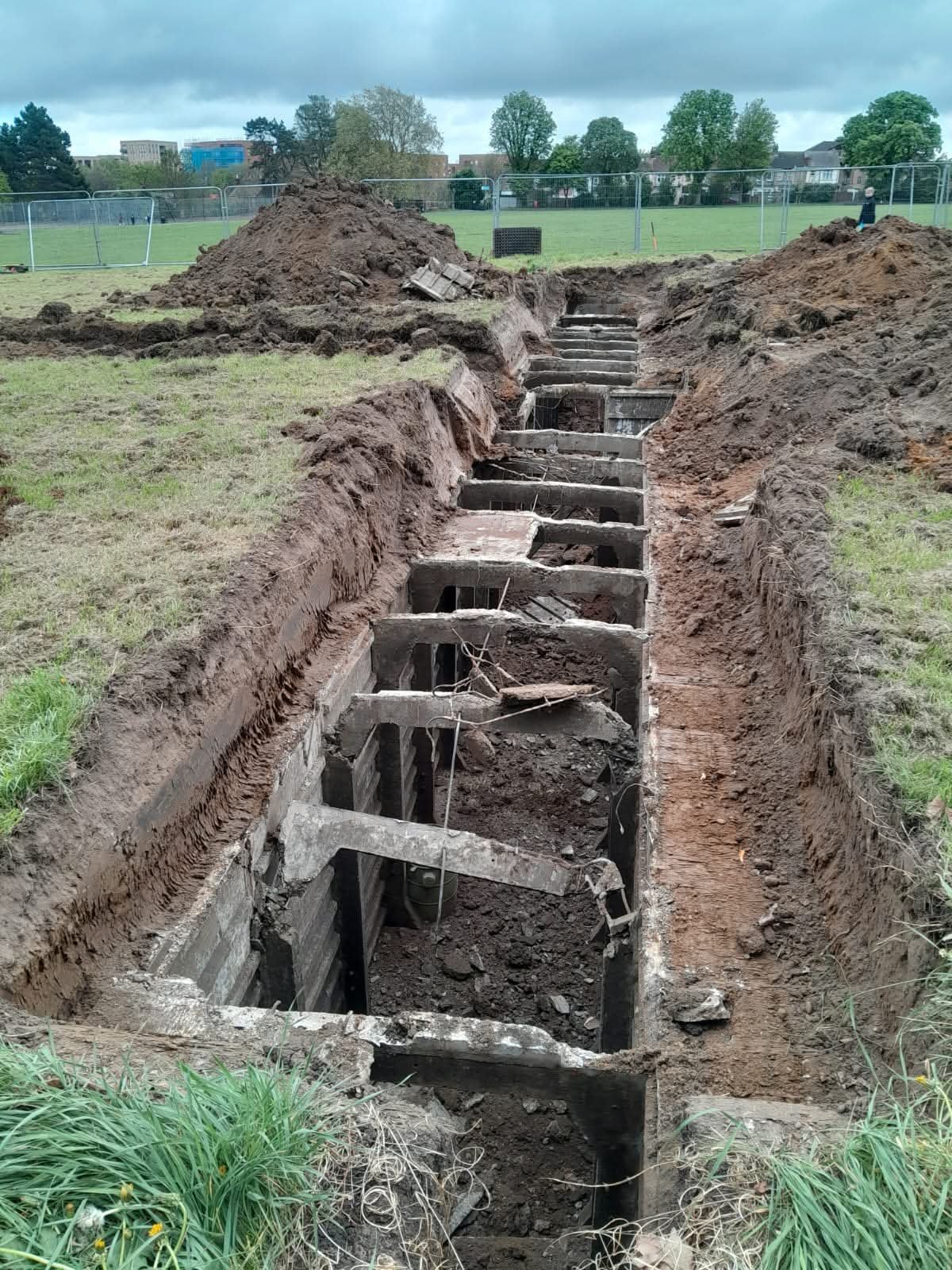
1 -
Are they finally sorting out the undersoil heating at the Valley?Henry Irving said:

 1
1 -
I'm sure this website has been mentioned before, but well worth a read:
https://charltonchampion.co.uk/2020/05/08/ve-day-75-take-a-walk-and-discover-charltons-wartime-reminders/2 -
Right. I’m confused here. The small block of flats that are halfway along Kinveachy Gardens seem to replace houses 30 - 60. I’m assuming those were the houses destroyed by the V2 rockets ? Opposite is one house that is much newer in the terrace. Its number is 45. A little further along again on the opposite side to the newer block of flats there is a group of three houses again much newer than the others in the terrace numbers 29,27 and 25. Again I’m assuming bomb damage ? The numbers mentioned in 79 - 83, the council houses where three souls lost their lives are quite a long way from the newer block. Any light on this please ?SporadicAddick said:
@ShootersHillGuru, from the aforementioned “Bolts from the Blue” about V2 rockets…ShootersHillGuru said:The house I grew up in was In Kinveachy Gardens SE7 and from looking at a bomb map it was noted that this dwelling was seriousply damaged but not destroyed by enemy bombing. Halfway down Kinveachy Gardens and opposite number 53 where I lived there is a small block of flats where the bomb completely destroyed I would say about eight houses.
“A trio of rockets fell on south east London during the morning of 14th November [1944]. Petts Wood was shaken awake by the first of these at 6.25am. In Bushey Avenue and Towncourt Lane 2 died and 25 suffered injury. The next destination at 8.40am was Sherrard Road, Eltham, by Well Hall station, killing 8 people at No.s 50-60, and injuring 92. Casualties included ‘clippies’ at the bus terminus. Alsatians proved their worth by indicating the position of several trapped survivors.
Scarcely half an hour later, a rocket broke up over Charlton, with the warhead exploding on council houses in Kinveachy Gardens. Three died at No. 79-83 and 35 were injured. In a million-to-one unlucky chance a segment of the missile fell through the roof of 24 Aldeburgh Street, over a mile away, killing a 60 year old man as he lay in bed”.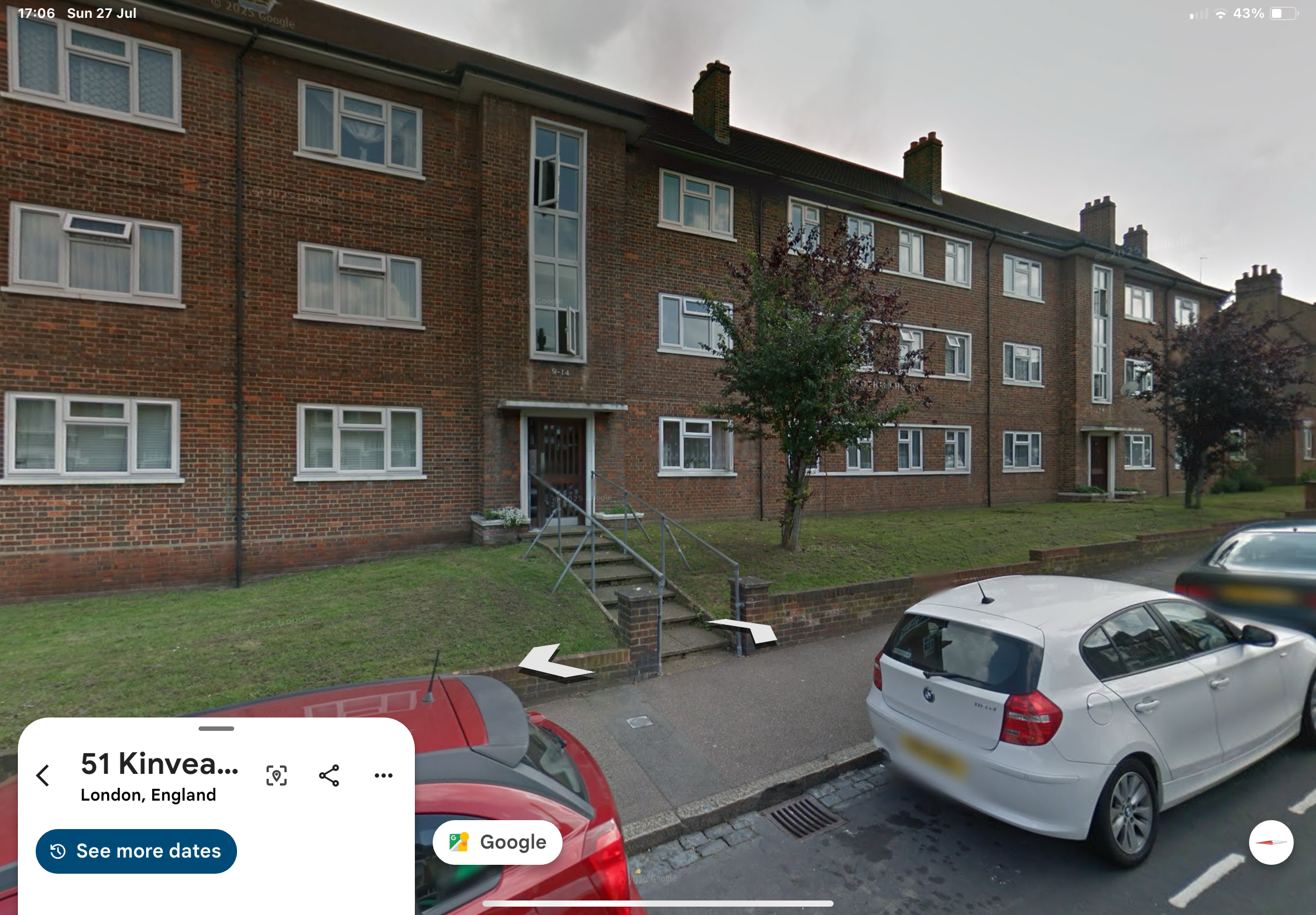
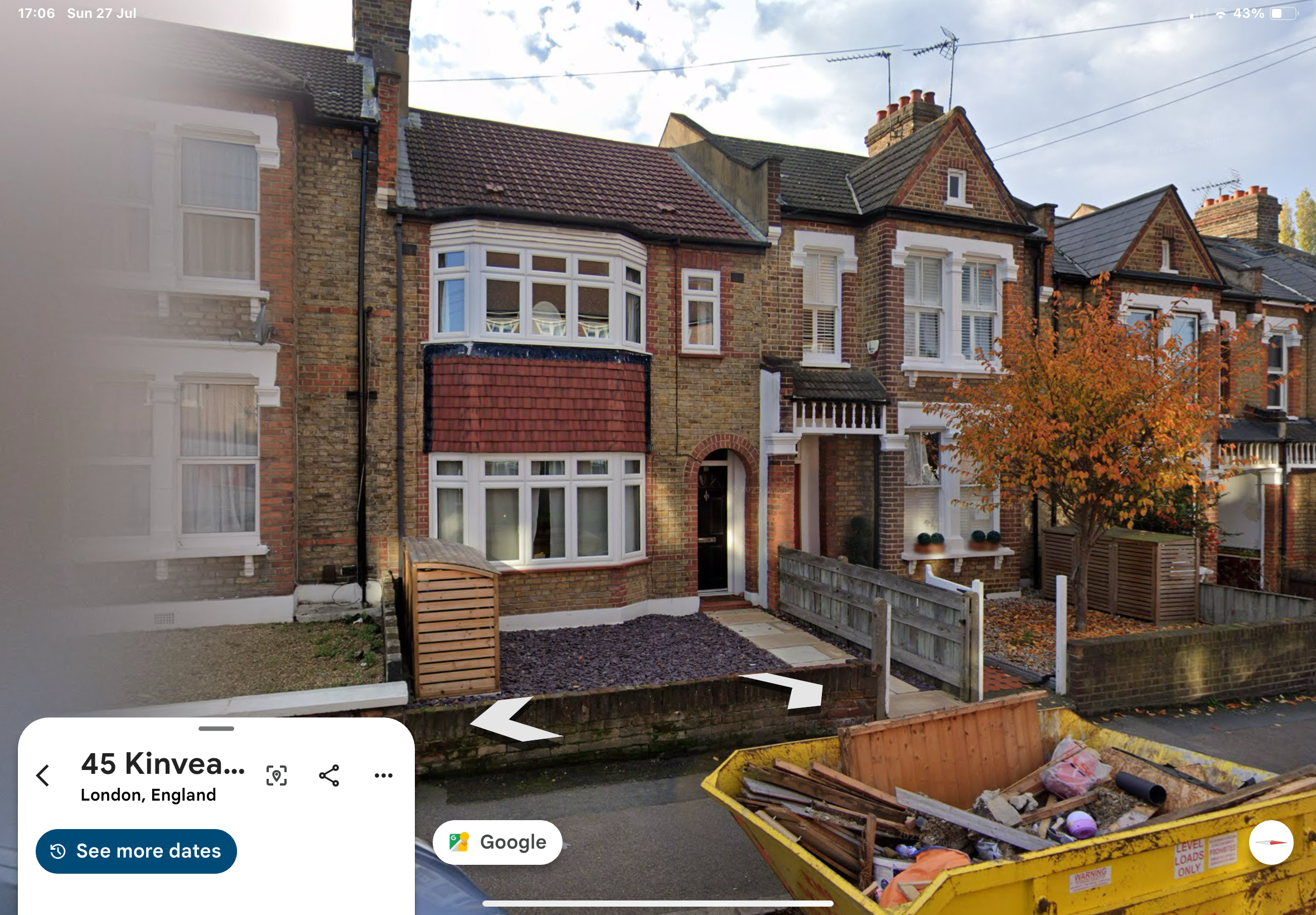
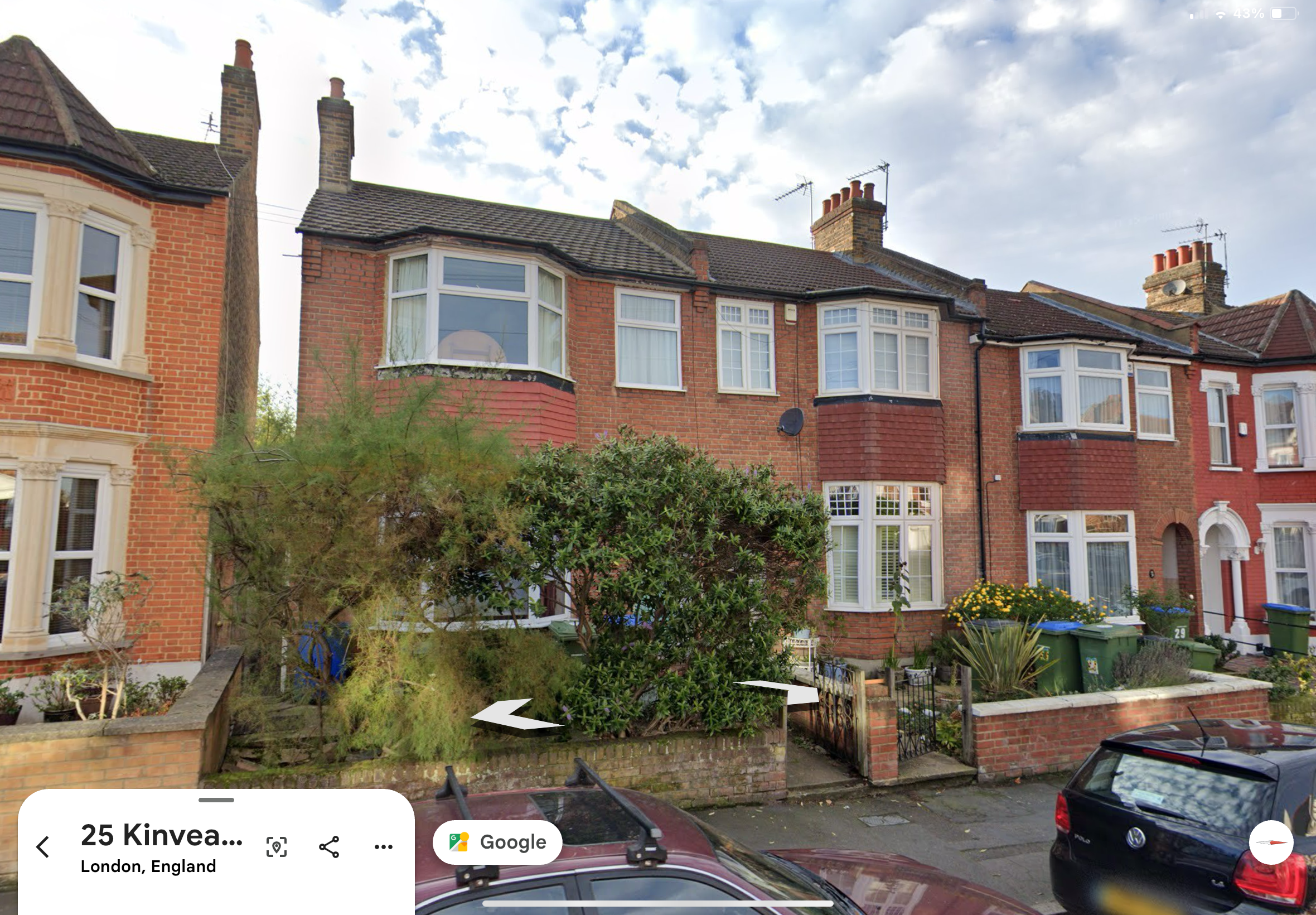 0
0 -
I’m not at home right now but when I get back later I’ll check the incident log and see if anything else happened in Kinveachy GardensShootersHillGuru said:
Right. I’m confused here. The small block of flats that are halfway along Kinveachy Gardens seem to replace houses 30 - 60. I’m assuming those were the houses destroyed by the V2 rockets ? Opposite is one house that is much newer in the terrace. Its number is 45. A little further along again on the opposite side to the newer block of flats there is a group of three houses again much newer than the others in the terrace numbers 29,27 and 25. Again I’m assuming bomb damage ? The numbers mentioned in 79 - 83, the council houses where three souls lost their lives are quite a long way from the newer block. Any light on this please ?SporadicAddick said:
@ShootersHillGuru, from the aforementioned “Bolts from the Blue” about V2 rockets…ShootersHillGuru said:The house I grew up in was In Kinveachy Gardens SE7 and from looking at a bomb map it was noted that this dwelling was seriousply damaged but not destroyed by enemy bombing. Halfway down Kinveachy Gardens and opposite number 53 where I lived there is a small block of flats where the bomb completely destroyed I would say about eight houses.
“A trio of rockets fell on south east London during the morning of 14th November [1944]. Petts Wood was shaken awake by the first of these at 6.25am. In Bushey Avenue and Towncourt Lane 2 died and 25 suffered injury. The next destination at 8.40am was Sherrard Road, Eltham, by Well Hall station, killing 8 people at No.s 50-60, and injuring 92. Casualties included ‘clippies’ at the bus terminus. Alsatians proved their worth by indicating the position of several trapped survivors.
Scarcely half an hour later, a rocket broke up over Charlton, with the warhead exploding on council houses in Kinveachy Gardens. Three died at No. 79-83 and 35 were injured. In a million-to-one unlucky chance a segment of the missile fell through the roof of 24 Aldeburgh Street, over a mile away, killing a 60 year old man as he lay in bed”.

 1
1 -
That's @Tom_Hovicherryorchard said:I'm sure this website has been mentioned before, but well worth a read:
https://charltonchampion.co.uk/2020/05/08/ve-day-75-take-a-walk-and-discover-charltons-wartime-reminders/4 -
Brilliant read!Henry Irving said:
That's @Tom_Hovicherryorchard said:I'm sure this website has been mentioned before, but well worth a read:
https://charltonchampion.co.uk/2020/05/08/ve-day-75-take-a-walk-and-discover-charltons-wartime-reminders/2 -
cherryorchard said:I'm sure this website has been mentioned before, but well worth a read:
https://charltonchampion.co.uk/2020/05/08/ve-day-75-take-a-walk-and-discover-charltons-wartime-reminders/
Cheers for that haven’t seen that before. I attended Invicta School for 18months in the 1960s. and didn’t know of this incident.👍0 -
London and the southern England were attacked during the Baby blitz January 1944 to May 1944.Tom_Hovi said:
Yes, London wasn’t really affected by the Baedecker Raids, although it was bombed sporadically during this period. The main targets were Exeter, Norwich, Cambridge, York, Bath and Canterbury.Siv_in_Norfolk said:Hi @Tom_Hovi
Respect
Got anything to say about the Baedecker raids?
I do walking tours of Norwich and refer to this. I.e. that in retaliation for allied bombing of Lubeck, the Germans decided to bomb cultural heritage cities in England. This was 1942. The targets were chosen on the basis of a tourist guide written by a man named Baedecker, hence the "Baedecker raids". I know Exeter was another chosen.
Any other context/detail gratefully received
As you say it was reputed to be in retaliation to the bombing of Lubeck, a historic city with an old city centre built predominantly of timber framed buildings that was used by “Bomber” Harris as something of an experiment to see if his plans for area bombing of cities were viable.
The Baedecker Raids were so named because the story goes that the targets were selected as being historically and culturally significant cities chosen from the Baedecker Tourist Guide Books.
One of my fellow guides, a lady called Jo Hook does occasional guided walks in Norwich (her home town) that focus on the Baedecker raids on the city. Drop me a DM and I can share her email address.
The Germans last attempt at a strategic bomber campaign.0 -
OK, so a study of the Metropolitan Borough of Greenwich Incident Log reveals the following major incidents:Tom_Hovi said:
I’m not at home right now but when I get back later I’ll check the incident log and see if anything else happened in Kinveachy GardensShootersHillGuru said:
Right. I’m confused here. The small block of flats that are halfway along Kinveachy Gardens seem to replace houses 30 - 60. I’m assuming those were the houses destroyed by the V2 rockets ? Opposite is one house that is much newer in the terrace. Its number is 45. A little further along again on the opposite side to the newer block of flats there is a group of three houses again much newer than the others in the terrace numbers 29,27 and 25. Again I’m assuming bomb damage ? The numbers mentioned in 79 - 83, the council houses where three souls lost their lives are quite a long way from the newer block. Any light on this please ?SporadicAddick said:
@ShootersHillGuru, from the aforementioned “Bolts from the Blue” about V2 rockets…ShootersHillGuru said:The house I grew up in was In Kinveachy Gardens SE7 and from looking at a bomb map it was noted that this dwelling was seriousply damaged but not destroyed by enemy bombing. Halfway down Kinveachy Gardens and opposite number 53 where I lived there is a small block of flats where the bomb completely destroyed I would say about eight houses.
“A trio of rockets fell on south east London during the morning of 14th November [1944]. Petts Wood was shaken awake by the first of these at 6.25am. In Bushey Avenue and Towncourt Lane 2 died and 25 suffered injury. The next destination at 8.40am was Sherrard Road, Eltham, by Well Hall station, killing 8 people at No.s 50-60, and injuring 92. Casualties included ‘clippies’ at the bus terminus. Alsatians proved their worth by indicating the position of several trapped survivors.
Scarcely half an hour later, a rocket broke up over Charlton, with the warhead exploding on council houses in Kinveachy Gardens. Three died at No. 79-83 and 35 were injured. In a million-to-one unlucky chance a segment of the missile fell through the roof of 24 Aldeburgh Street, over a mile away, killing a 60 year old man as he lay in bed”.


20 April 1941 - 27/29 Kinveachy - HE - 5 casualties including 1 fatal.
1 July 1944 - 34 to 44 - FLY (code used for a V-1) - 2 fatal, 3 to hospital, 15 further rescued.
14 November 1944 - 73 to 123 - LRR (Long Range Rocket, V-2) - 1 fatal, 12 to hospital, 55 to Charlton Lane First Aid Post
Now these logs were written in the heat of the moment. Its often the case that the house numbers mentioned are slightly inaccurate, or a subsequent survey required that more (or fewer) houses required demolition. Also the same with the casualties, these are the initial reports and if people died subsequently, these reports tend not to pick up on these. The best way to check is to do a search on the CWGC website for Greenwich, Metropolitan Borough on the exact day of the incident. It will usually give the victims address, or say something like "died at Kinveachy Gardens".
1 -
Sponsored links:
-
Continuing this subject, I don't think this has been posted on here before but on September 4th 1940, three days before the "official" start of the Blitz, St. Paul's Church, which stood at the junction of Fairfield Grove and Charlton Lane, became the first church to be destroyed by enemy bombing during the Second World War.
The church had been built between 1866-67 and was designed to cater for the influx of new residents to the area resulting from the rapid spread of industries along the river, in the area which was then known as "New Charlton" and from whence CAFC was to be born some years later. It was a large church, with a capacity of 900, which reflected the church attendances of the day.
The church led a blameless existence until the evening of 4th September 1940. German air raids had initially been concentrated away from London and had focused on RAF airfields, Channel convoys and industrial targets in the southeast but since the night of 26th August when Berlin was bombed by the RAF in retaliation for a raid on London, the Luftwaffe had been edging towards a full onslaught on the capital.
At 21:40, a solitary aircraft, thought to be a Ju-88 dropped a single bomb from low level which entered the church through the roof, causing the building to be devastated, although without human casualties. Some items were salvaged from the church, including a crucifix and attendant figures, which now reside in the Lady Chapel of St Luke's in the Village.
The following day, it was reported that large crowds came from all over London to view the damage, although the novelty of seeing bombed out buildings in London and other cities was very soon to wear off.
Church attendances were already in decline and in 1956, having accepted £3,823 in war damage compensation, the Church Commissioners sold the site to Greenwich Council for £2,000 for housing.
Today, an unassuming apartment block named St Paul's Close gives the only clue to the building that once stood here.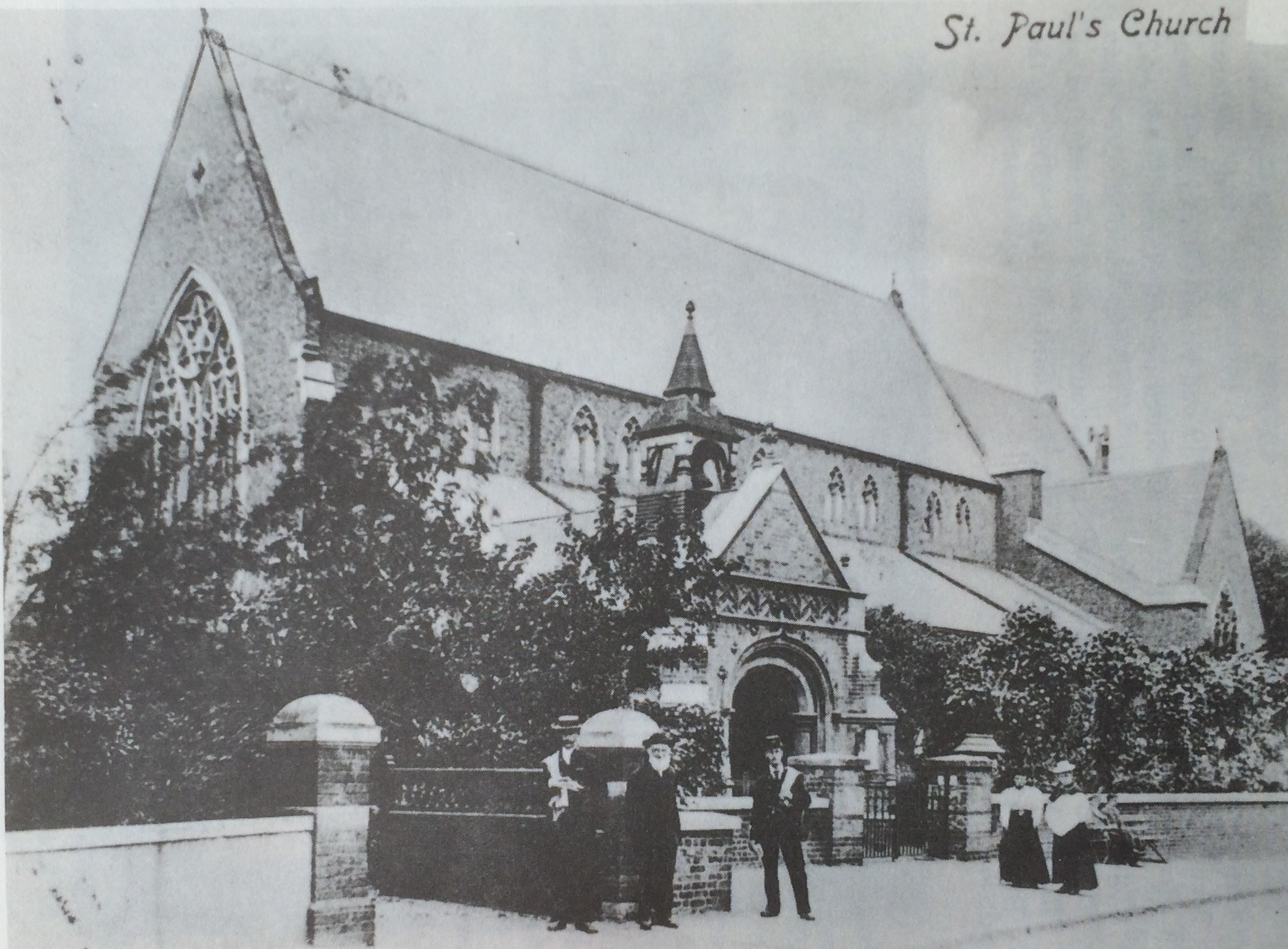
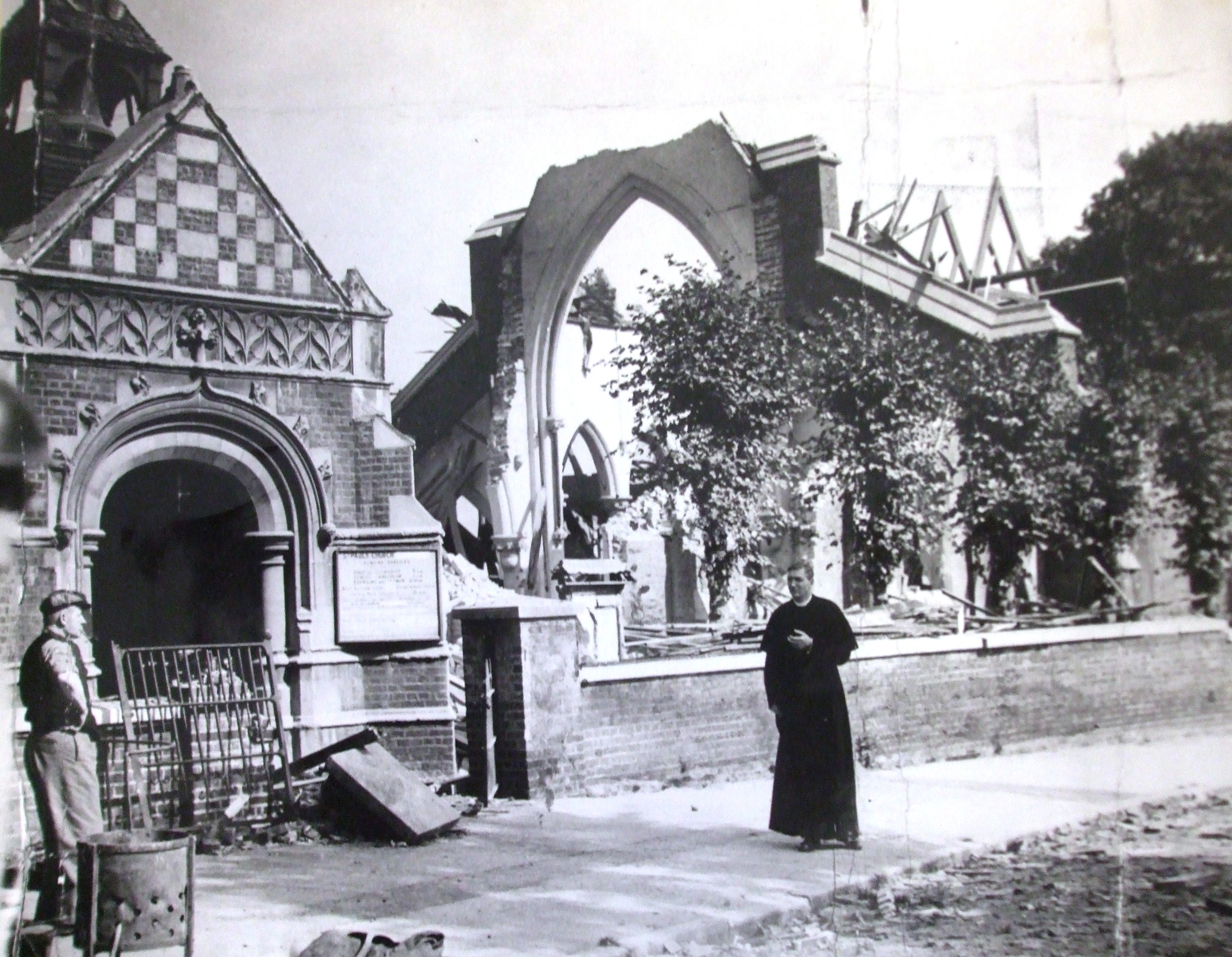
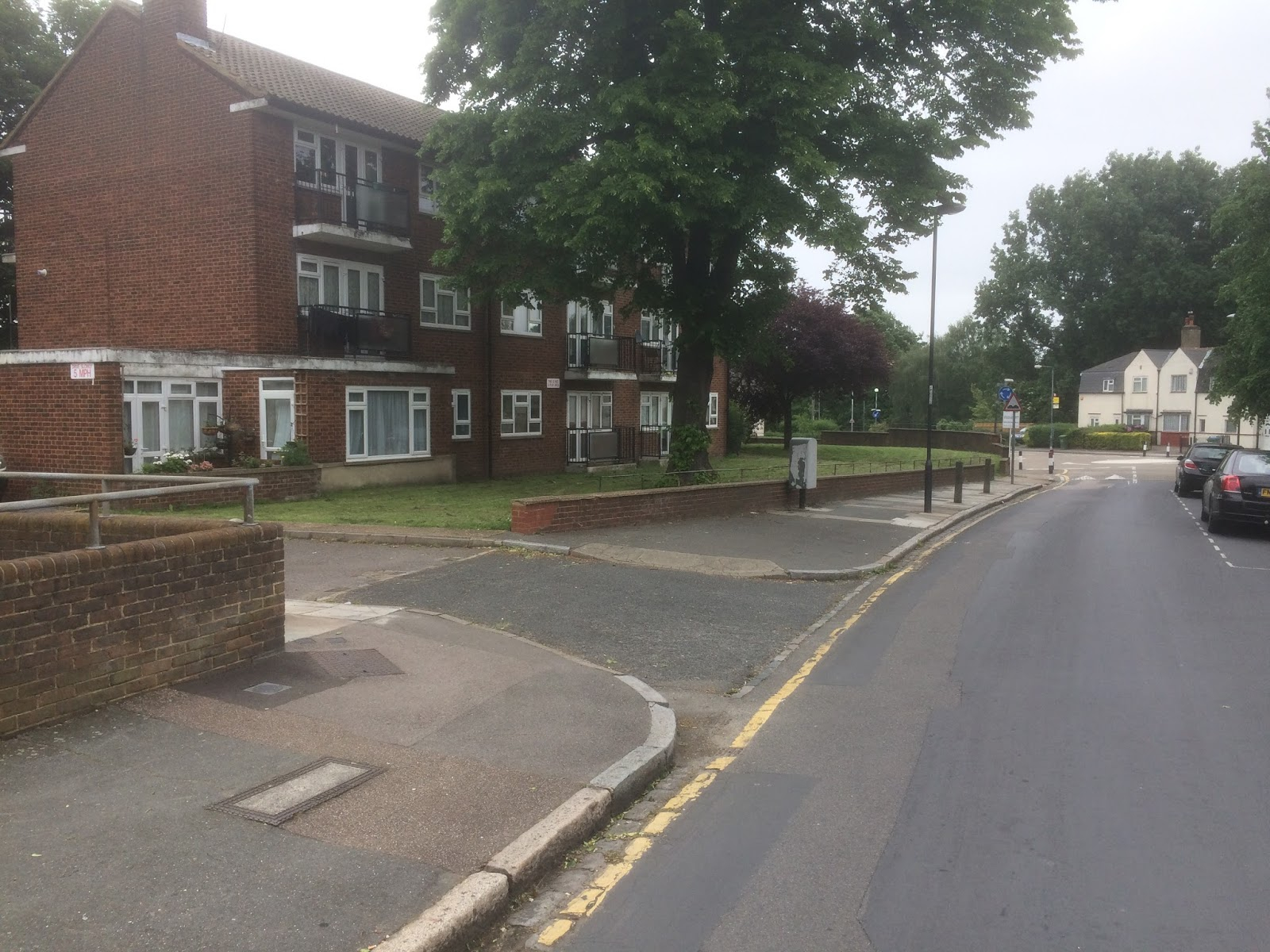
9 -
And of course, three days later on "Black Saturday" 7th September 1940, the Blitz began in earnest and although I've posted these on here previously, here's a couple of photos taken from a German bomber around 18:00 that evening. I've marked up a few local landmarks in the first one. The large plume of smoke at the top of the photograph in the centre is the Royal Dockyard at Woolwich, then in use by the Woolwich Arsenal as a storage area and which is described in the Incident Log as a "Major Fire, 30 pumps in service". For those not overly familiar with the area, Charlton Greyhound Stadium stood roughly where Makro is now located, whilst Woolwich Stadium was owned by the Army and stood roughly opposite to where QE Hospital now stands.
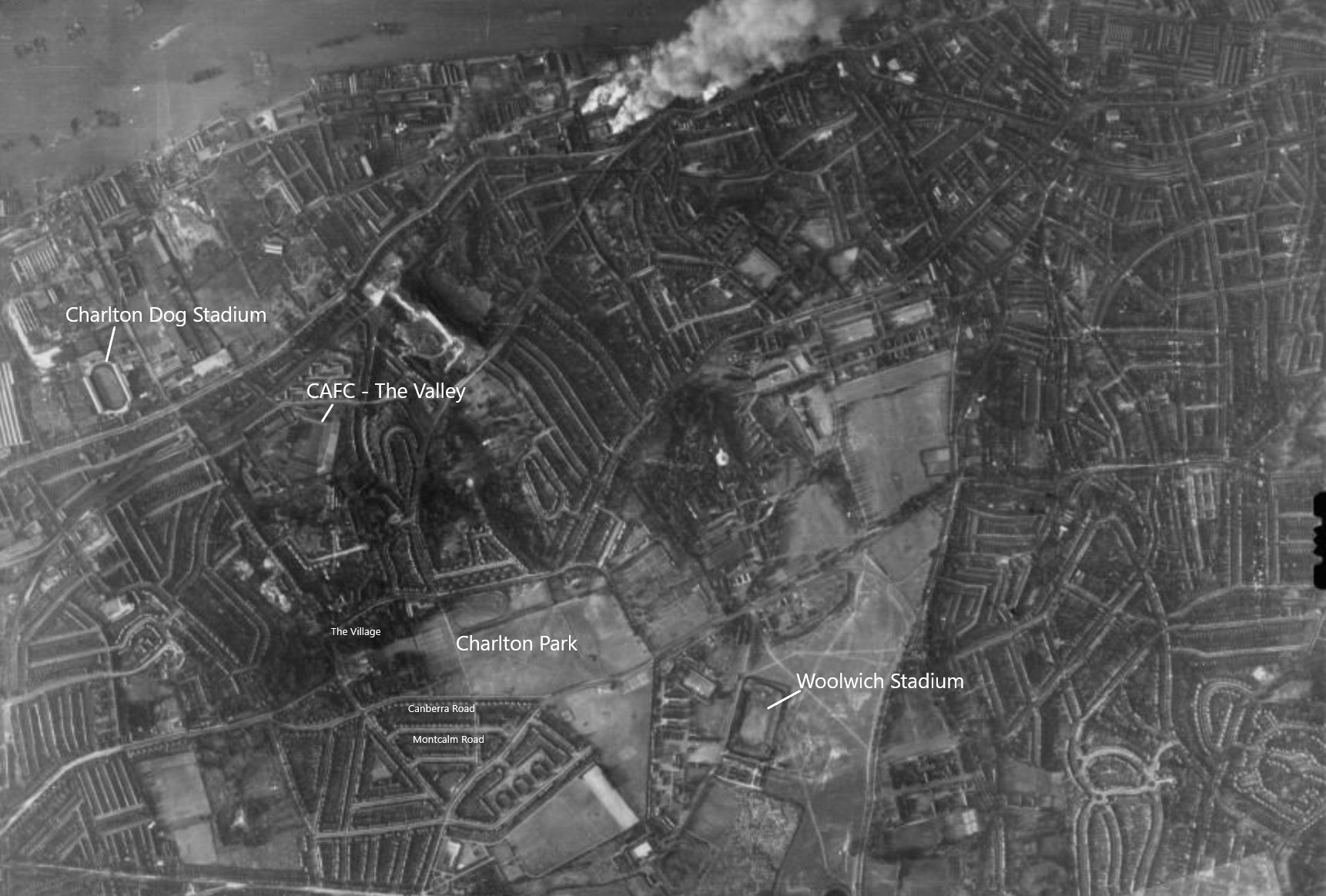
The Second photo, possibly taken by the same aircraft, shows the same fire burning at Woolwich Dockyard but also shows major fires burning at Silvertown and in the Royal Docks, as well as in the Woolwich Arsenal.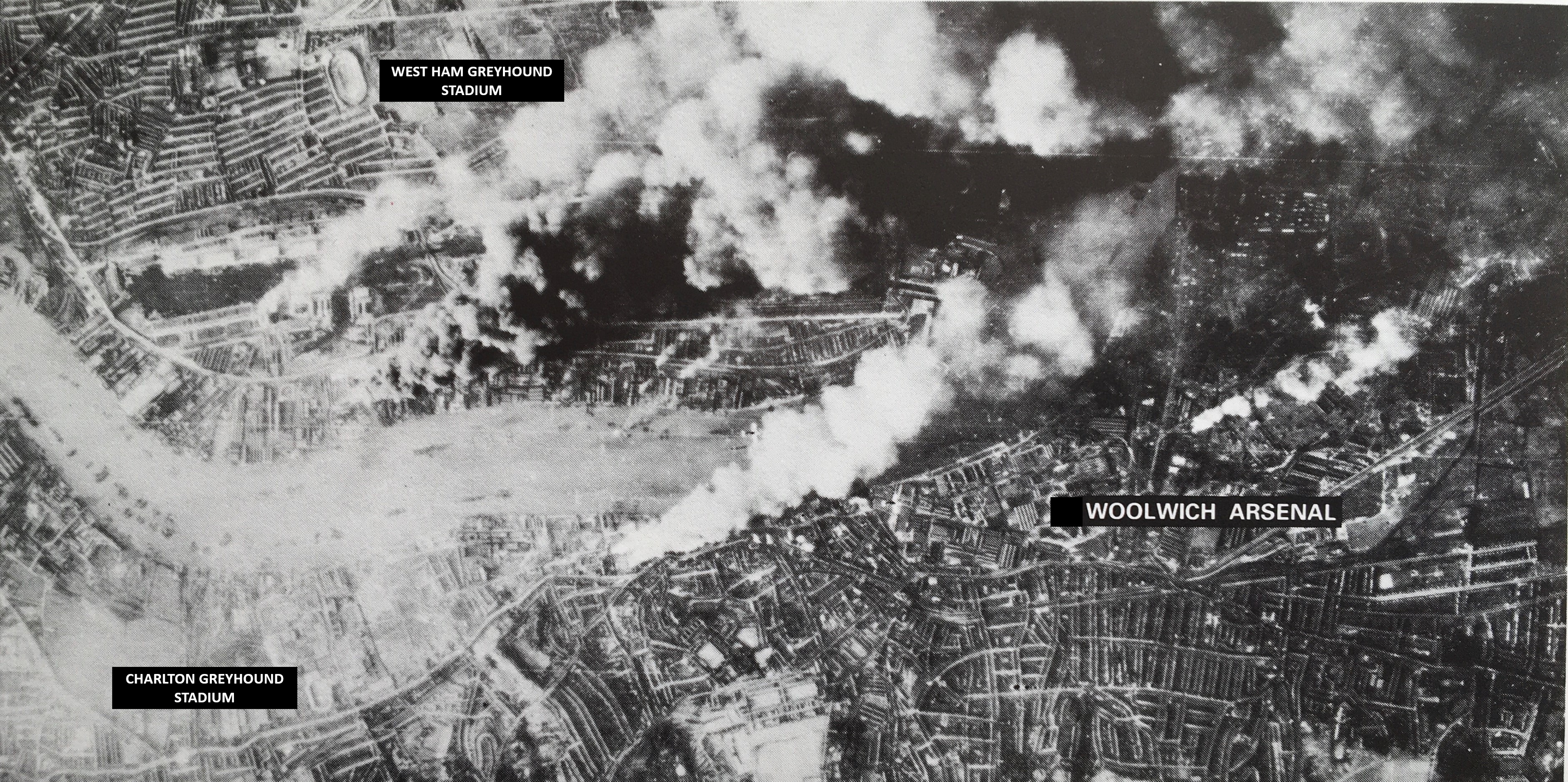 5
5 -
Brilliant photos and report once again Tom .
Few seconds later that bomb could have hit my mothers house.
4 -
And Guernica...Henry Irving said:The Germans had also destroyed Warsaw and Rotterdam with bombing long before the first attacks on London.
They did not need any excuse to bomb other cities. It was not a "retaliation".
And that was pre WWII
And led to a rather famous Picasso painting0 -
Grandfather on my dad's side was a stevador at the east end docks, when it got so bad, they moved to Ross on wye where she came from. My grandfather on my Mothers side said he would have poisoned his two daughters if the Germans had successfully invaded so they would not have been raped and pillaged. The world is a tough place, so bad but history doesn't seem to make a difference and it's still so appalling today.0
-
Further to a post on a previous page it was commonplace when I was a child to have a neighbour child knock on the door and ask if we were coming out to play, and we didn’t think twice about any suggestion that we go and play around on a ‘bombsite’ as we called them.
It was as ordinary a suggestion as asking if we should all go down the park.0 -
Saturday 20 September, 2.30pm to 4pm - Talk by local historian Peter Daniel, 'The Blitz Over Bexley', exploring this period of intensive bombing raids 1940-41 which disrupted life.
Peter is a Charlton fan and a lifer so not sure why he's giving this talk on a Saturday afternoon but bound to be very good0 -
Where’s that, Henry?1
-
If anyone ever visits Hamburg a 20 minute SBhan ride to the NE takes you to Ohlsldorf cemetery. Apart from having celebrities including a 23 year old porn star (who died under the knife whilst having another boob job), there are commentative war graves and a wall of respect where the remains of thousands of victims that were killed in fire bombing by the allied forces interred there. In such a small area the ashes of them are all buried together
A nasty reminder of the effects of war.0
